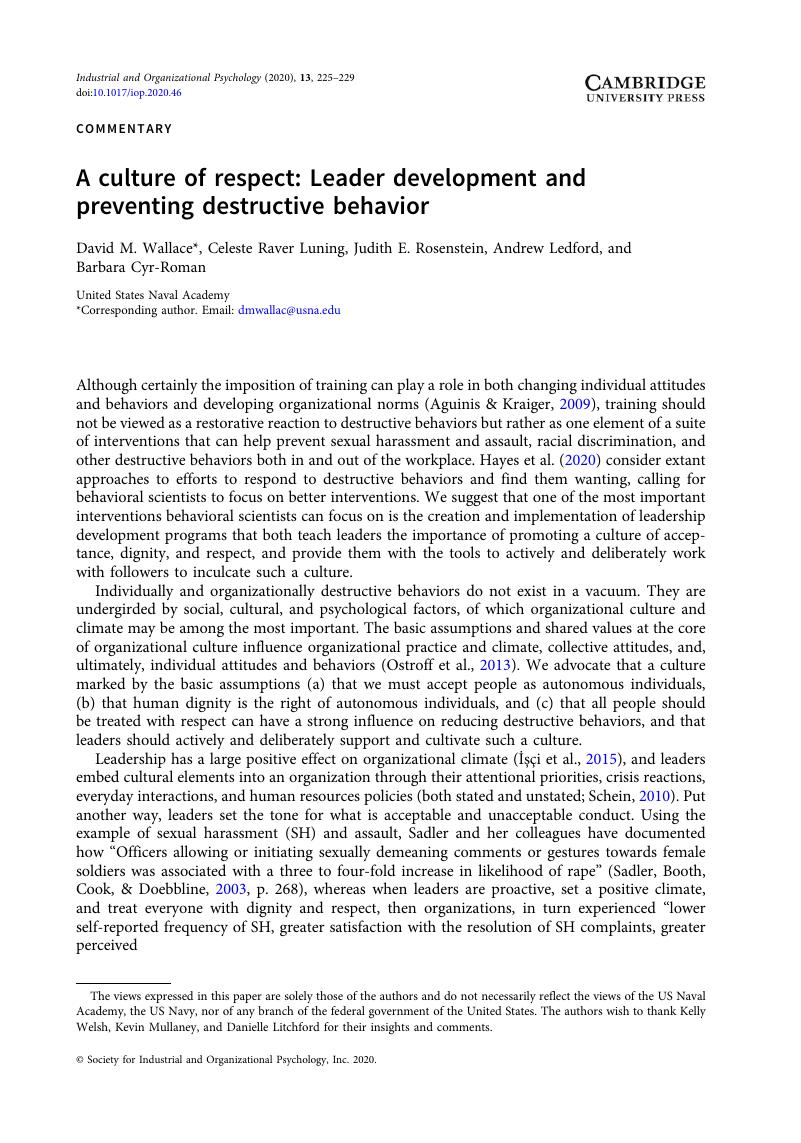Crossref Citations
This article has been cited by the following publications. This list is generated based on data provided by Crossref.
Small, Virginia
2021.
Strangling Aunty: Perilous Times for the Australian Broadcasting Corporation.
p.
119.



